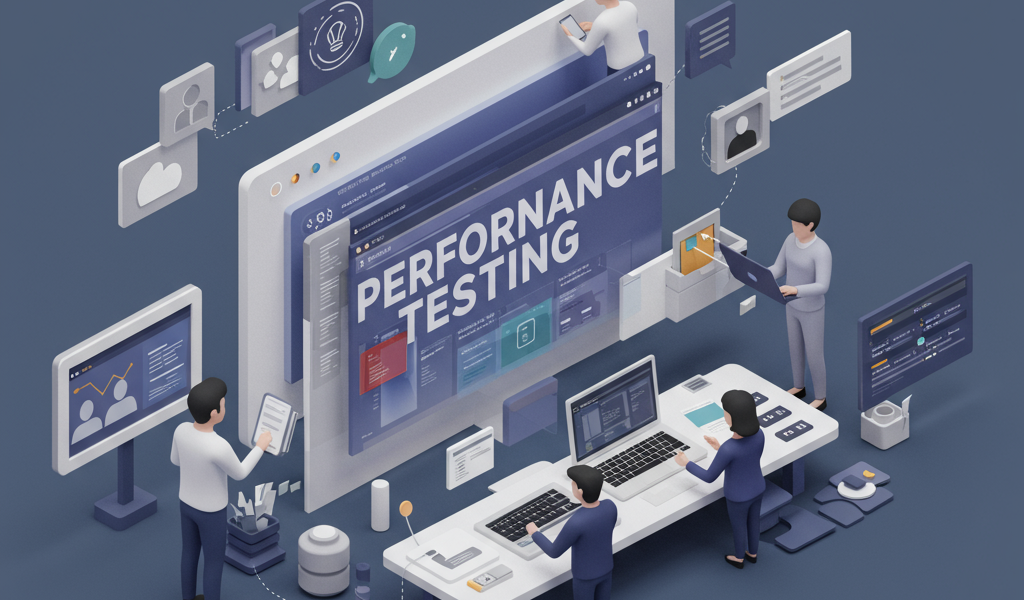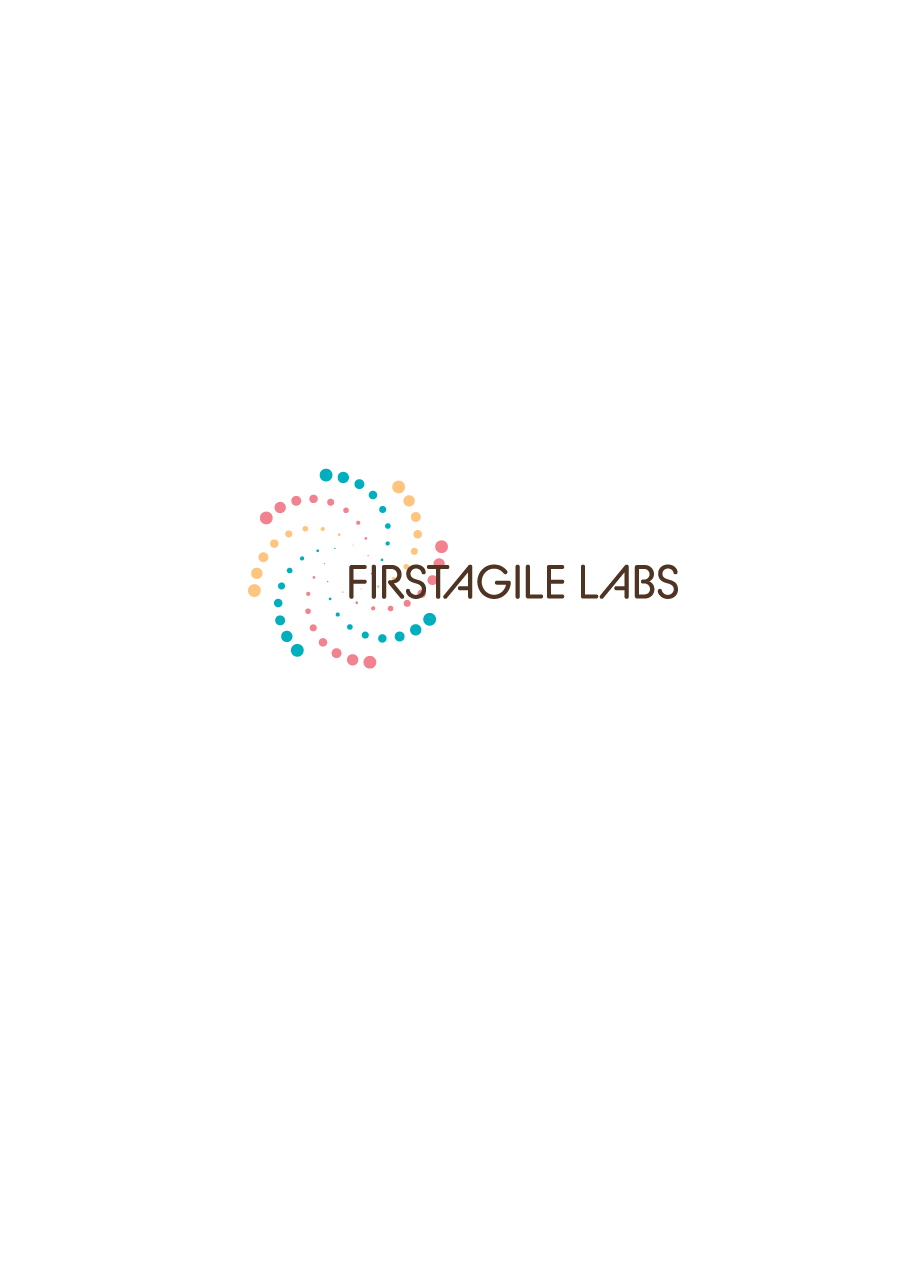Performance Testing: Optimizing Software for Speed, Scalability, and Stability
Performance Testing within Quality Engineering is concerned with measuring the extent to which a software program performs under different conditions to meet the specified performance criteria. The main intention is to check on critical performance measures like speed, responsiveness, stability, and scalability, even during maximum traffic or stress cases. Through bottlenecks and inefficient areas identification, FirstAgile’s performance testing allows developers to make the best possible adjustments to the software in order to guarantee a smooth and secure user experience in multiple environments and scenarios.

Methods Employed:
Load Testing: Mimicking typical and peak user traffic to ensure that the application can handle anticipated user loads efficiently without performance loss.
Stress Testing: Testing the software beyond its operational capacity to identify vulnerabilities and determine how it performs under extreme conditions or high traffic.
Spike Testing: Mimicking sudden, sharp spikes in traffic to test the application’s capacity to deal with unexpected spikes in user demand.
Endurance Testing: Assessing how efficiently the software can sustain good performance over a long period, to ensure it can function without decline over time.
Scalability Testing: Checking the software’s scalability, either by improving its current infrastructure or introducing more resources, to handle increasing user loads.
By utilizing such testing techniques, performance testing makes it possible for the software to withstand different loads, run efficiently, and provide a stable experience to the users, regardless of the difficulty of the conditions.

